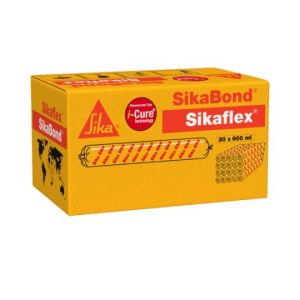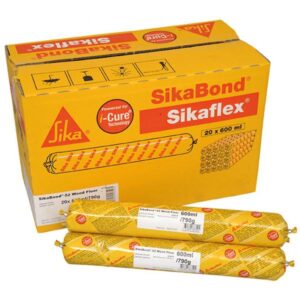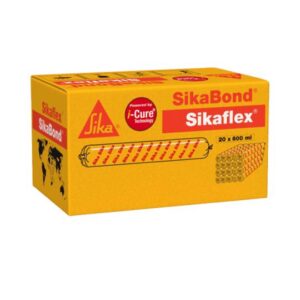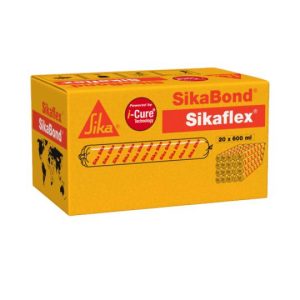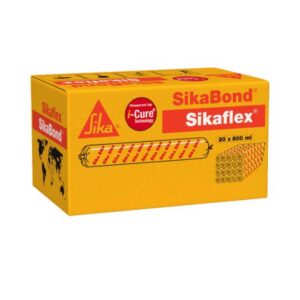What is an adhesive?
An adhesive (also commonly known as glue, paste, etc.) is broadly described as a non-metallic material used to bind together two surfaces or items. Adhesives can either be found naturally or produced synthetically – in fact, naturally occurring adhesive-like substances have been used for centuries, while the development and innovation within the field of synthetic adhesives have gained pace in the past century and continues to present day.
Adhesives are usually classified, as expected, by the method of adhesion they provide, and then split into reactive and non-reactive adhesives depending on whether or not they undergo a chemical reaction in order to harden.
What is a sealant (in building)?
Sealants are the material used to bond an opening in a structure, effectively weather proofing a building by preventing dust, moisture, heat and air from passing through the structure’s joints. In building construction, a sealant is the material which provides the necessary adhesion to form a seal.
Sealants are very similar to adhesives in function, with the main difference between the two being that sealants usually have higher elongation and lower strength than adhesives. The main purpose of sealants, as the name suggests, is to seal joints and assemblies together. They provide adhesion, elongation and flexibility, depending on the materials they are bonded to and the environmental conditions. To achieve that, sealants are usually formulated with an elastomer and have a paste-like consistency to fill in substrate gaps.
Based on their strengths, sealants fall between caulks and adhesives. While not as strong as adhesives, sealants serve some key purposes – not only do they seal substrates together, but also help keep moisture inside or out of the materials they are used on. What’s more, sealants, such as the Sikaflex PRO-3, are great for providing sound and thermal insulating, and serve some insulation to fire.
What is a filler (in construction)?
The term filler is used to describe any material, usually in the form of powder, fibre, or a combination of the two, that is added to another material with the purpose of improving its quality and/or reducing the cost.
Contrary to the notion that fillers are used to cheapen products, the reality is using fillers improves chemical resistance and physical properties, resulting in efficient sealing devices.
Fillers help boost mix properties and decrease the amount of expensive binder needed, and is the reason these materials are gaining widespread popularity and importance. Every year, more than 53 million tons of fillers are used across different areas such as adhesives and sealants, coatings, paints, plastics, rubber and paper.
Fillers are usually semisolid compositions (e.g. paste) which harden upon dying and are commonly used to fill holes, pores or cracks in plaster, wood or other construction surfaces before finishing or painting. One instance where fillers are usually an easy fix is drafty doors and windows.


